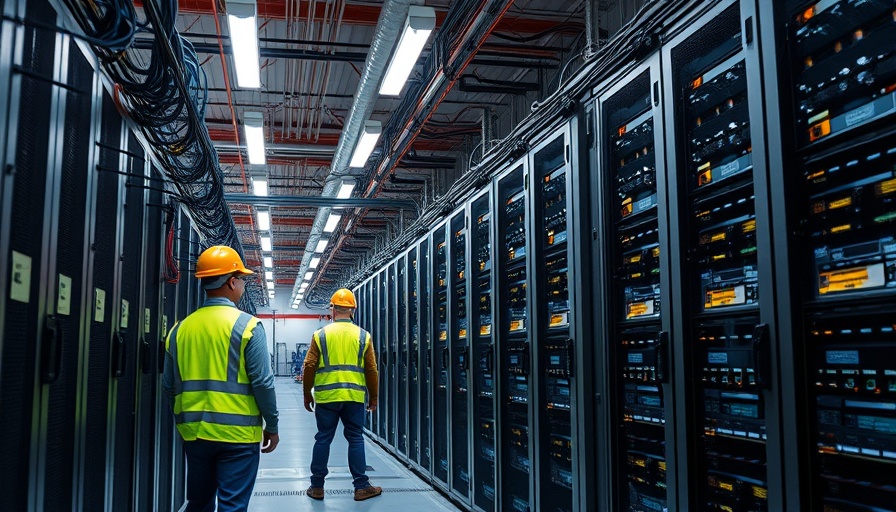
Rising Tide of Energy Demand: The AI Data Center Revolution
As we brace for a digital future, a new report by the International Energy Agency (IEA) has highlighted the staggering electricity demands that artificial intelligence (AI) data centers are set to impose on our energy resources. The expectations are that by 2030, the electricity consumption of these data processing units will eclipse that of various traditional manufacturing sectors combined, including cement and aluminum. This projection is not only a wake-up call for stakeholders in both the tech and energy sectors; it emphasizes our urgent need for sustainable energy solutions.
The Implications of Rising AI Demand on Energy Security
Dr. Fatih Birol, the Executive Director of the IEA, suggests that the burgeoning role of AI is quickly reshaping the energy landscape. As AI technologies become increasingly integrated into our daily lives, the demand for electricity is expected to double—potentially consuming as much energy by 2030 as the entire current usage of Japan. This drastic shift signifies that in advanced economies like the United States and Japan, nearly half of the new electricity demand will stem from data centers powered by AI.
Balancing Power: The Role of Renewable Energy
To meet this rising demand, a multifaceted approach involving renewable energy sources seems paramount. Solar and wind energy, alongside natural gas, are projected to play pivotal roles in ensuring a constant and reliable electricity supply. Policymakers will need to revisit and revamp energy policies to favor cleaner energy alternatives. The need for diversified energy portfolios is more pressing than ever before.
AI’s Dual Role: A Help or Hindrance?
While increased energy usage raises the specter of higher emissions, the IEA report offers a glimmer of hope. AI technologies not only contribute to rising energy demands but could also catalyze innovation in energy-efficient technologies such as advanced solar panels and improved battery systems. This paradox presents a fascinating conundrum; as AI exacerbates energy challenges, it also holds the potential to alleviate them. Therefore, understanding AI’s full impact on energy consumption is essential.
Addressing Cybersecurity: A Necessary Conversation
Amidst the accelerating demand for energy, the surge in cyberattacks on energy systems raises alarms. These cyber threats have increased by 300% in the past four years, with AI being a double-edged sword in this scenario. It is seen as a crucial player in both facilitating sophisticated cyber operations and offering pathways to defend against them. In this sense, open dialogues between tech developers and energy experts become indispensable.
A Call to Action for Policymakers
As we move towards an AI-powered future, the urgency for significant investments in electricity grids and generation capabilities cannot be overstated. Improving the efficiency of data centers is now more than just an operational concern; it's essential for sustainability. Policymakers, stakeholders, and industry leaders must collaboratively tackle these challenges to foster a sustainable energy future. The interplay between AI and energy technology poses challenges, but with the right strategies, we could pave the way towards an innovative, efficient, and eco-friendly future.
 Add Row
Add Row  Add
Add 



 Add Row
Add Row  Add
Add 

Write A Comment